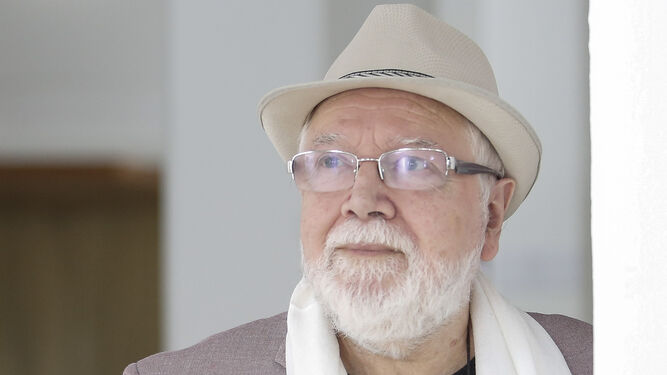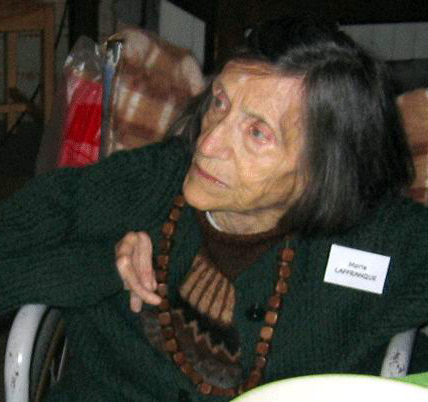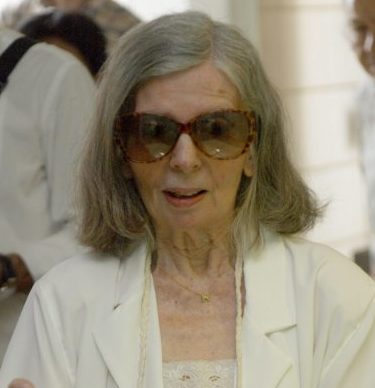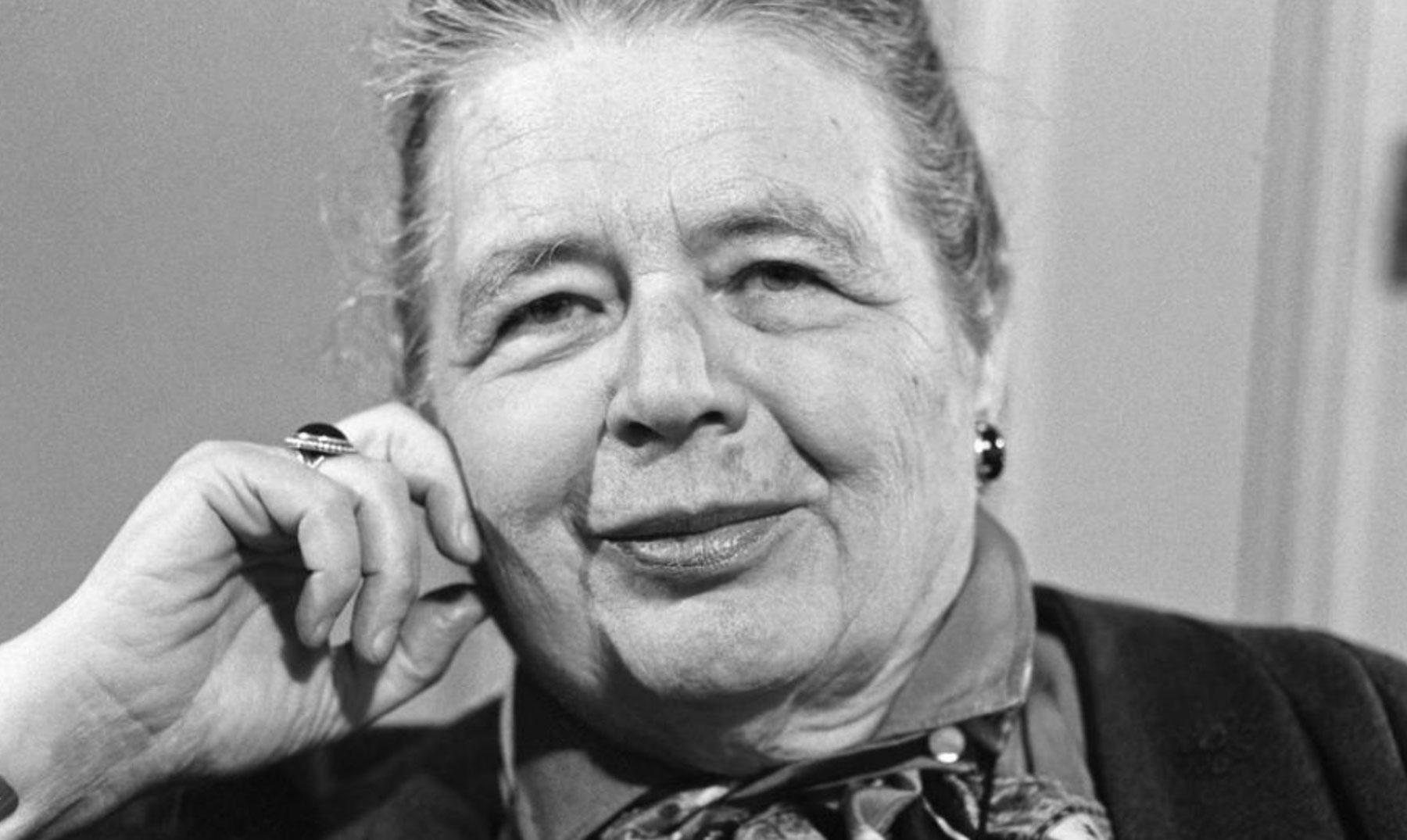Poet, visual artist, radio creator, editor and cultural agitator linked to the Beat Generation, to May ’68 and continuator of the avant-garde spirit represented by the Generation of ’27. He was born in Loja (Granada) on April 23, 1944 and died in Madrid on December 15, 2017. His visual and unruly poetry links with the avant-garde movements with a marked personal accent. He was one of the 33 promoters of the first tribute to García Lorca in 1976. A decade later he created and directed the Federico García Lorca Birthplace Museum in Fuente Vaqueros, dependent on the Provinvial Council of Granada, and in 1998 the Lorca Research Center. He was director of the radio program Poesía 70 and the magazine of the same name and promoted the musical movement Manifiesto Canción del Sur cultural movement, which included, among others, Carlos Cano, Antonio Mata, Enrique Moratalla, Raúl Alcover and Nande Ferrer. He also created musical shows such as Ay Jondo with the dancer Mario Maya.
He lived his childhood in Loja but was educated in Granada at the Sacromonte school, next to the abbey created in the seventeenth century from the discovery of the Plumb Books. There he began his academic journey through the Faculty of Philosophy, the Normal Teaching School and the Complutense University of Madrid where he enrolled in Image Sciences. All his production from the beginning is linked to the poets of 27 and in particular with García Lorca.
During the twenty years he was in charge of the House in Fuente Vaqueros he edited the unpublished correspondence between Lorca and Eduardo Rodríguez Valdivieso.
In 1967, he began his creative adventure with the broadcasting of Poesía 70, a radically innovative poetic program that mixed, for example, rock and experimental music with Andalusian couplets. The broadcast, originally local, then became regional and finally national. Poesía 70 promoted younger creators such as Justo Navarro, Joaquín Sabina, Pablo del Águila, José Carlos Rosales, Fanny Rubio or José Heredia Maya. The program was soon replicated on paper. In 1968, the first issue of the magazine appeared, which, taking up the spirit of gallo, founded in 1926 by Lorca, was also presented as a “cheerful, lively, anti-localist, anti-provincial, worldly” publication. The magazine, designed like the rest of the publications by Claudio Sánchez Muros, had to circumvent the censorship of the late Franco regime.

As a journalist, he collaborated in the newspaper Patria, with some cultural pages that were censored, and in Ideal; in 1978, he directed the first and only issue of the magazine El Despeñaperro Andaluz. As a poet he is the author of a large amount of works, but of scarce distribution, which began with The Adventure of the… (1971) and continued with titles such as And what Remains to be Sung (1980), Christian God in every Corner of my Body (1982), A Night in the Life of Quintero, León and Quiroga(2006), the book of visual poetry Collected Games (2009), Parole, parole (2011) and Juego y pesadilla de Pinito del Oro (Game and nightmare of Pinito del Oro)(2017).
His lyric work has been anthologized in multiple publications. As a librettist he wrote the shows Ceremonial (1975) and Ay Jondo, both with Mario Maya. He also collaborated in records such as the one dedicated to Andalusian poets by the group Aguaviva.
During the twenty years he was in charge of the Federico García Lorca Birthplace Museum in Fuente Vaqueros he edited dozens of plaquettes, graphic poetry and other people’s works such as the unpublished correspondence between Lorca and Eduardo Rodríguez Valdivieso, and the valuable catalogs of the twinning between Lorca and the creators of the Generation of ’27.
In the fall of 2017, already seriously ill, Juan de Loxa participated in the commemorative events of the fiftieth anniversary of Poetry 70. He died at his home in Madrid on December 15 of that year and has left an important unpublished work that includes the volume of his memoirs that occupied his last years entitled All that is Gold (Dauro) does not Glitter.



